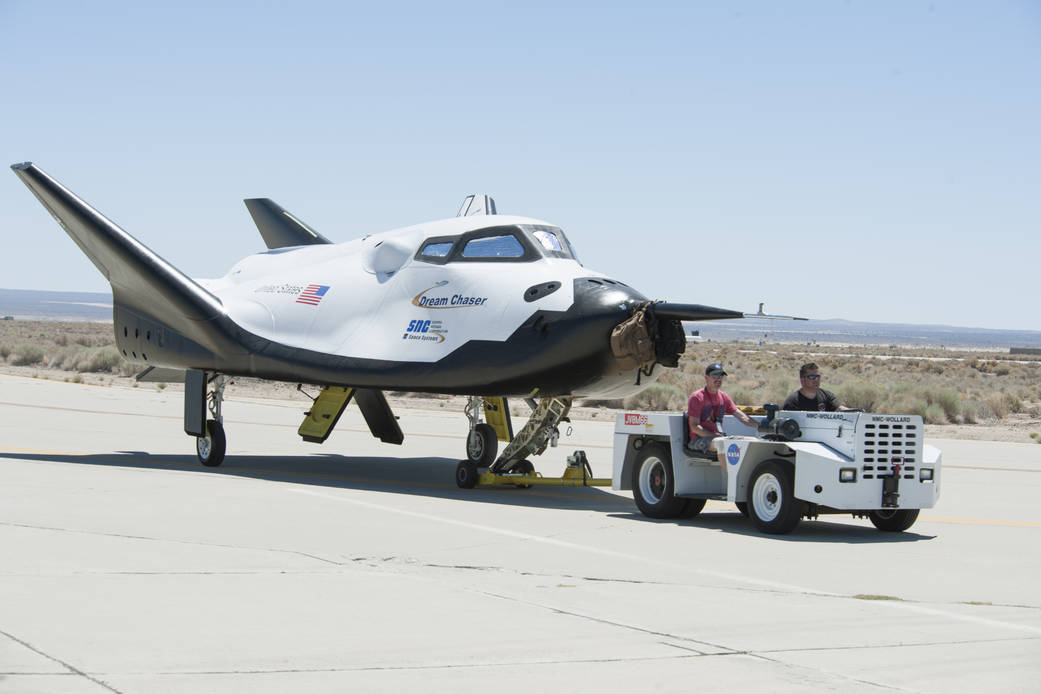
The engineering test article for Sierra Nevada Corporation’s (SNC) Dream Chaser ‘spaceplane’ flew its long-awaited second free flight test this weekend (Nov 11, 2017) over NASA’s Armstrong Flight Research Center, located at Edwards Air Force Base, CA.
“The test verified and validated the performance of the Dream Chaser spacecraft in the critical final approach and landing phase of flight, meeting expected models for a future return from the International Space Station,” said SNC in a statement.
SNC leadership will provide an update to discuss Dream Chaser’s latest milestone tomorrow afternoon, Nov 13
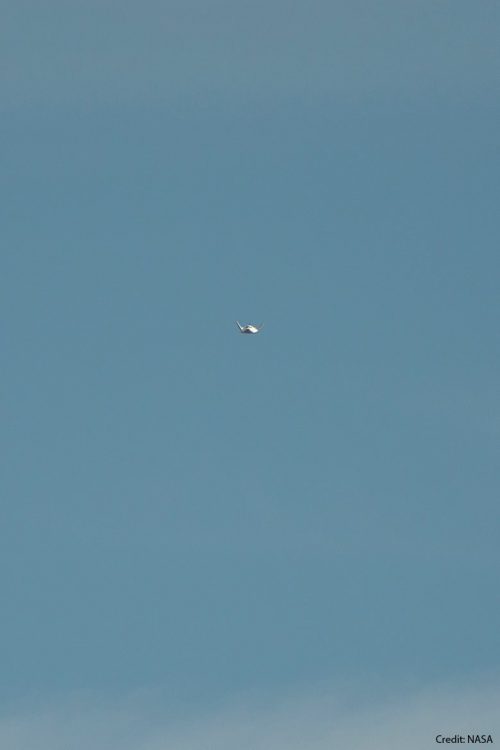
The company holds a multi-billion dollar Commercial Resupply Services (CRS-2) program contract with NASA to resupply the International Space Station from 2019-2024, and has its eyes set on eventual crew missions.
SNC put their test article through its first free flight Approach and Landing test, ALT-1, at Armstrong three years ago, and the test went about as good as SNC could have hoped for, until the command was given to deploy its landing gear. Only two of its three gear deployed, causing the vehicle to skid off the runway, sustaining minor structural damage.
The problem was traced to a mechanical issue with the specific landing gear, rather than something related to bad software (none of the primary systems that gave the commands that control the flight failed or had any problems).
SNC has made significant structural and systems improvements to the test article since, including the composite wings and aeroshells, and invested heavily in maturing the vehicle’s orbital avionics, guidance navigation and control, the flight software, and employed a number of new processes, all of which will be used on the orbital vehicle as well. The advanced orbital Thermal Protection System (TPS) was installed on the vehicle’s skid too, in order to do advanced testing of the actual orbital TPS.
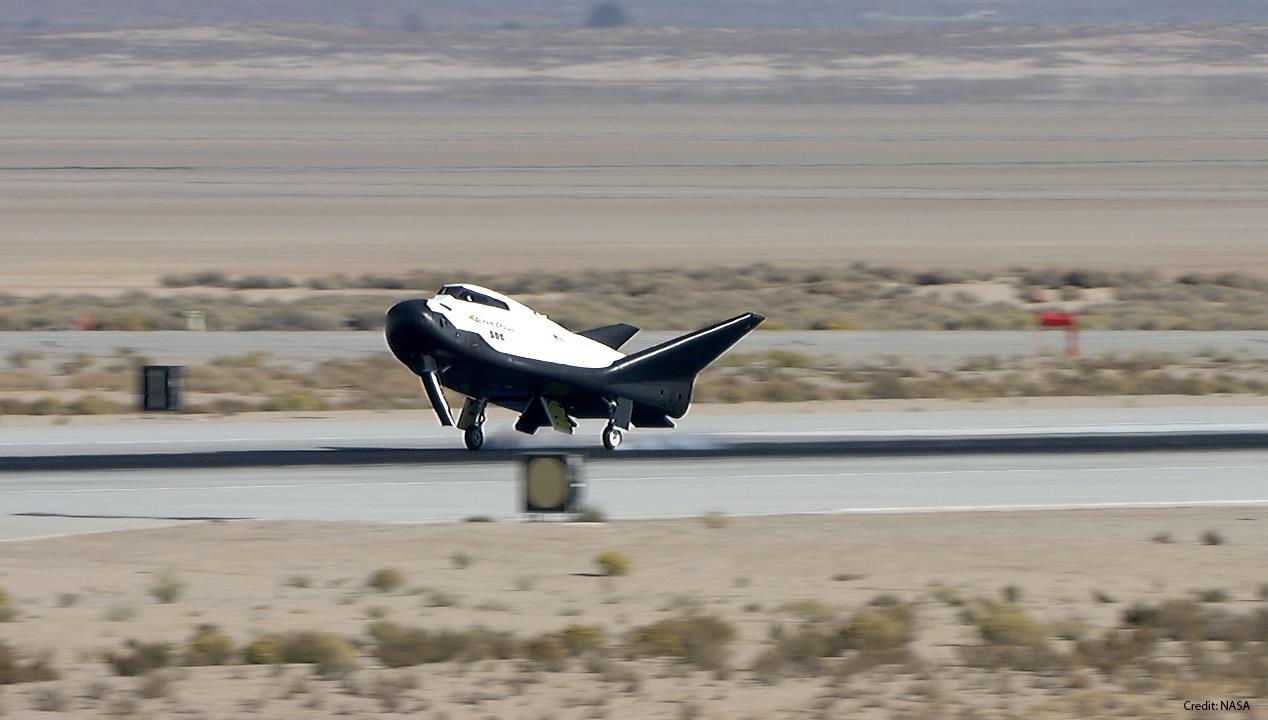
NASA contracted SNC to fly at least six missions with their Dream Chaser under CRS-2, and the company intends to put in a bid for a crew version if NASA opens up more multi-billion dollar commercial crew contracts in the future (currently given to Boeing and SpaceX).
Engineers hope to get everything they need out of the Phase Two flight test campaign currently underway, which acts as a bridge between previous work with NASA’s Commercial Crew Program and the latest vehicle currently under development for CRS missions.
The company hopes to launch their first operational Dream Chaser cargo mission to the ISS for NASA in the first half of 2019.
FOLLOW AmericaSpace on Facebook!
.




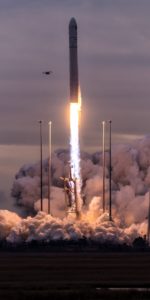
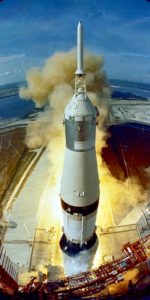
Congrats to SNC on a successful flight test.